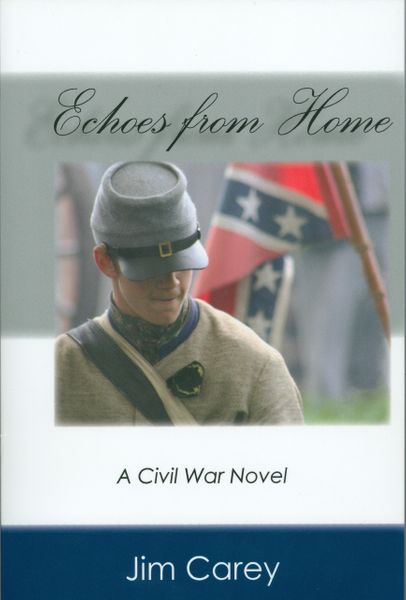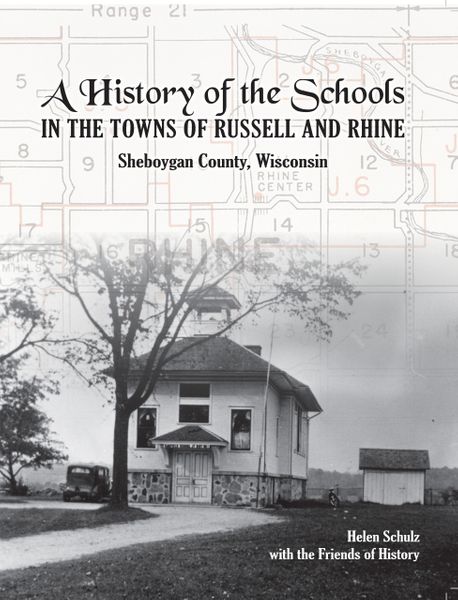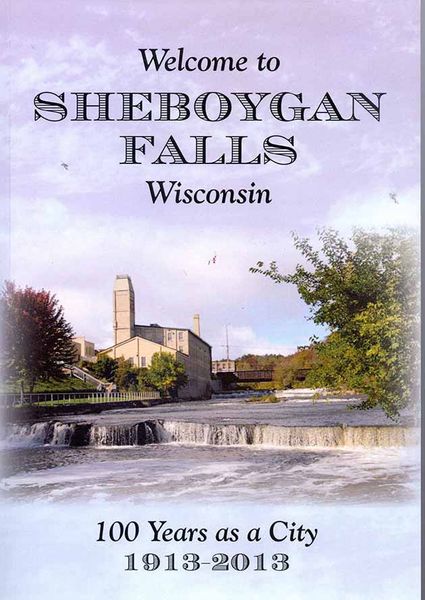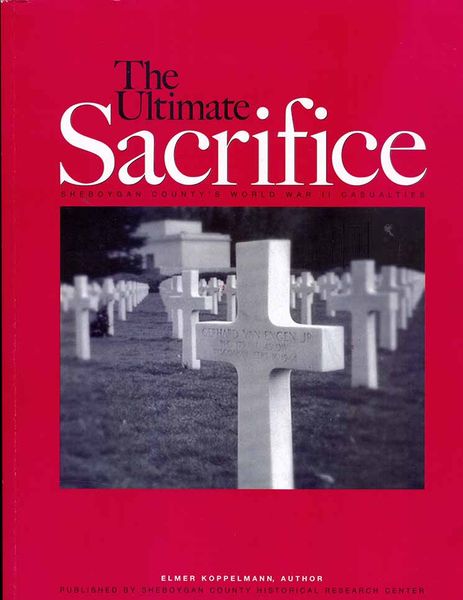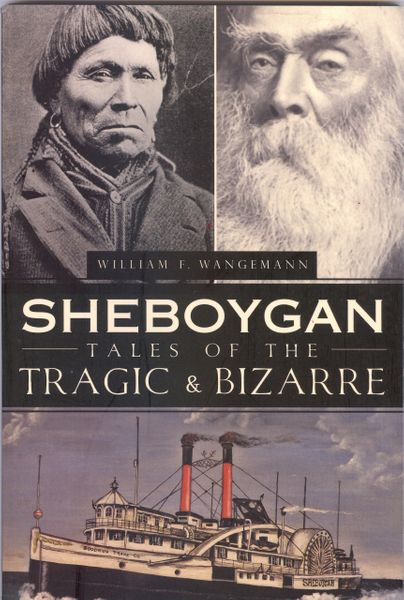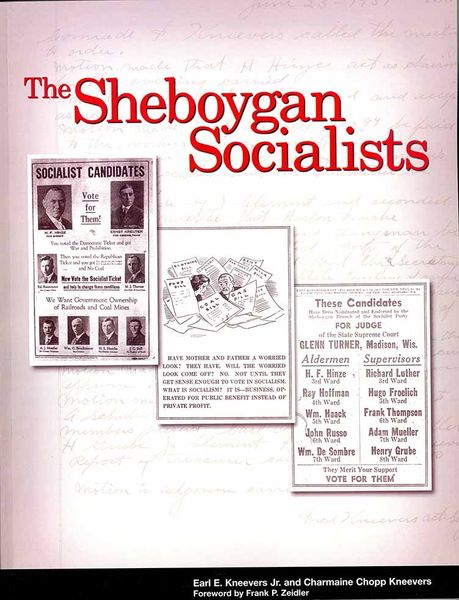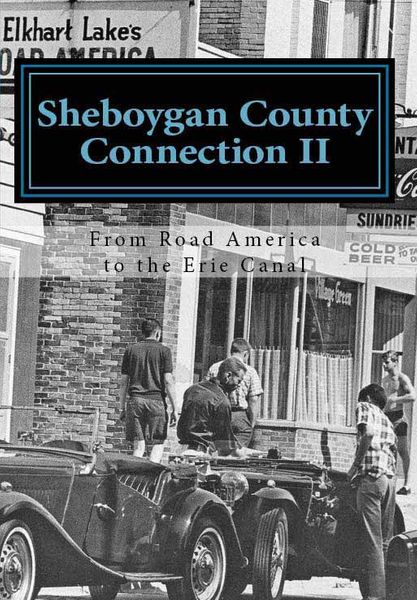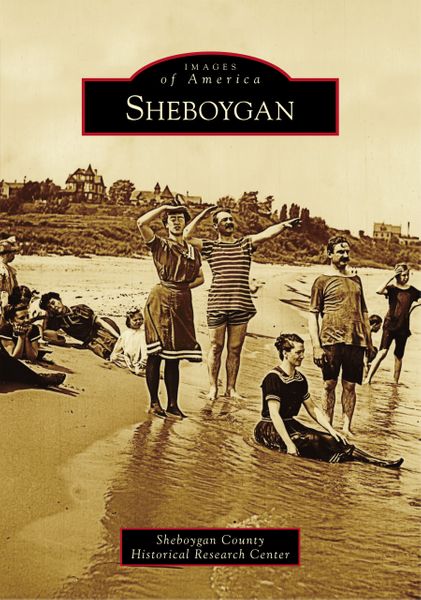-
Sale!By Jim Carey Echoes from Home is a Civil War novel by Sheboyganite, Jim Carey. This is Jim's first entry into the world of publishing, but he's really been writing for twenty years. The book tells the story of Joshua Miller, survivor of the War of Secession. It is the story of a soldier from the south
-
Sale!By Paul Hanson In 1990, Sheboygan resident, Kathy Alby, started Earthfest to make the public aware of the environment. It was to be a celebration of our environment and a venue to show us what we could do to make positive changes—small or large—to make our world a better place in which to live. Originally held at Lakeview Park, the festival moved to Vollrath Bowl in 1992 and finally to Fountain Park where it thrives today. This book is photographic memory or remembrance by Paul Hanson of some of the people and events that make Earthfest the special summer event that it is.
-
By Elmer Koppelmann A fascinating look at Sheboygan County's presidential races from the beginning of the county's involvement in national government (1848) through the 1988 election where George Bush defeated Michael Dukakis.
-
Sale!By Bill Wangemann Mr. Wangemann began writing a weekly column for The Sheboygan Press in January of 2003 to help celebrate Sheboygan’s Sesquicentennial. Contained within this book are all 52 of the columns Bill wrote for the Press. Down By Prange’s brings readers a simpler slice of life. Wangemann paints a realistic picture of Sheboygan’s past, the good and the bad, and you are guaranteed to learn something about old Sheboygan by paging through this collection of columns.
-
Sale!This book takes us back through the history of education in the northwest corner of Sheboygan County. Starting both sections with a history of the named township, this team of writers takes us from the early settling of the area to the recent consolidations. Each school is looked at in detail and the many pictures of facilities, classes and notable events take the reader on an enjoyable journey through the past. Also included are a comprehensive index, 1889 plat map, master plan for education in Sheboygan County and biographies of Ray B. Lightfoot, Violet R. Littlefield and Doris G. Phipps. Schools covered: Russell, Taft, Garfield, Little Elkhart Lake, Joliet, Elkhart Lake, Harrison, Dewey, Lime Ridge, Rhine Center and Victory. Originally published in 1997, this reprint contains updates and improved imaging.
-
Sale!This is a reprint and update of the 1976 book done for the Bicentennial. This book was done in conjunction with the 100th anniversary of Falls becoming a city. Trace the evolution of the business district and learn about the wide variety of civic groups which once kept citizens busy. See how the fire department has grown and take a peek at the folks who settled Falls
-
Sale!By Elmer Koppelmann The citizens of Sheboygan County have always gone above and beyond the call of duty in times of military need; the Second World War was no different. Some 3000 young men and women served during World War II on all fronts and in all capacities from this county alone. Recorded here, after eighteen months of searches and interviews, are vignettes of 234 soldiers- one young woman and 233 young men from the Sheboygan County area who lost their lives. Four others- Joseph J. Archbold, Elmer C. Prahl, Roland Thompson, and Douglas Thornberg are noted as making the ultimate sacrifice, but regrettably, no information was found other than their names.
-
By Henry Dykstra This wonderful volume includes recollections of the author's childhood in Wood County, Wisconsin during the 1920s and 1930s. While the title sounds like a very long number from an old crank-style telephone, it actually refers to the two parents and ten children in the author's family. Henry Dykstra moved to Sheboygan County in 1941, and farmed there for over fifty years.
-
By Janice Hildebrand This book is a tribute to the City of Sheboygan in its sesquicentennial year 2003. The area that is now the city was settled years before 1853, but the city was not chartered until then. This book documents 45 men and women who were important in Sheboygan's early years. Each bio contains one or more photos. 2016 reprint.
-
By Edmund Schulz Spring Corners is located at the intersection of County Trunk M and the Manitowoc-Sheboygan County Line, now known as County Line Road in the Township of Meeme in Manitowoc County and the Township of Herman in Sheboygan County. A spring flows continuously at Spring Corners, a place where people have come from far and near for a cool drink and to fill their water jugs for home use. This spring is part of a line of springs that form the Spring Valley
-
By Bill Wangemann Sheboygan deserves its reputation as a conservative city, quiet and law abiding. But here are some stories from the past that have been swept under the rug or lost overboard. Venture into the mists of the Lake Michigan Triangle that have swallowed boats, planes and entire tribes. Investigate speakeasy shootings, safes burgled by a flyswatter, poisoned Christmas candy and the hoax that had militiamen firing on their own cattle. Or just sit down with some bizarre anecdotes about a hometown you though you knew, from the town’s first baseball game to the man freed from jail by a jug of whiskey to the deputy sheriff who had to enforce Nicholas Hoffman’s first bath in fifty years.
-
Sale!By Earl and Charmaine Kneevers During the late 19th and early 20th century, there was a relatively strong Socialist movement in the United States. Sheboygan, Wisconsin was one of those cities that had an active Socialist Party. The movement believed in public ownership and democratic management of the basic means of production and distribution. It had strong ties to the organized labor movement of the time. A strong leader of the Sheboygan movement was Fred Kneevers, whose history as a struggling worker with a family to support and with Socialist beliefs, brought him into the hotel and restaurant business to support his family when known Socialists were not welcomed in privately run businesses. The Kneevers' Hotel was a successful meeting place of the Socialists.
-
Originally platted as the village of Rochester, Sheboygan Falls took shape in the late 1830s and 1840s. Settled by Yankee entrepreneurs from the East, "Sheboygan at the Falls" was a strong settlement from the beginning, surviving even the financial panic of 1837. A city of Greek Revival and Cream City brick architecture, Sheboygan Falls boasts two districts listed on the National Historic Register
-
This is the second volume in a series. It contains more than fifty stories about Sheboygan County citizens and the amazing ways they participated in important history. Topics range from the 1950s bomb shelter scare to the opening of Road America and Clif Tufte to the opening of the Erie Canal in the 1830s.
-
Sale!Situated on the picturesque western shore of Lake Michigan, is a city of contrasts and conundrums. It is a modern city facing all the challenges of today’s world, ready and willing to transition into the future. But, at the same time it is a city comfortable with long-established customs struggling to keep the time-honored traditions which have made it a great place to live. It is a place where people stay on the same bowling teams for decades, where churches are always full and focused on the community and where everybody knows everybody else in the local taverns. Chapters included in this book include: Blazing Trails; The First Fifty Years; Saloons and Public Houses; Railroads Bring Prosperity; Riding the Trolley; Eighth Street- The Heart of Sheboygan; and Parades, Festivals and Events.

